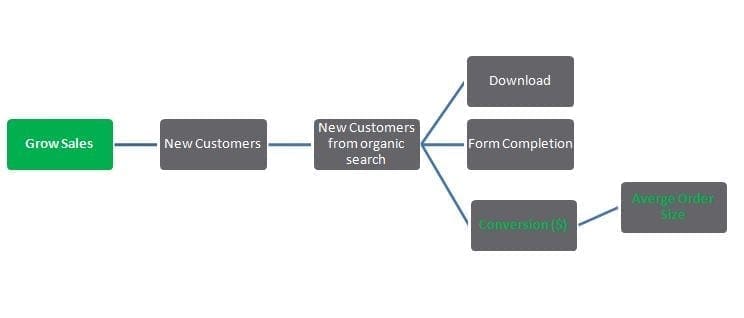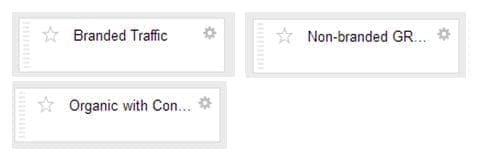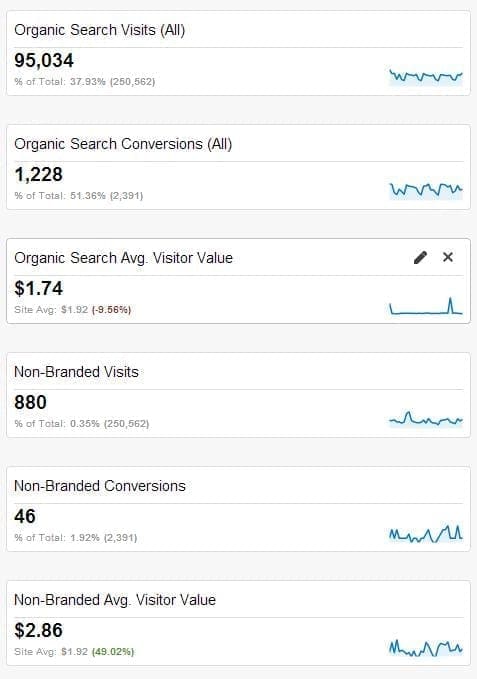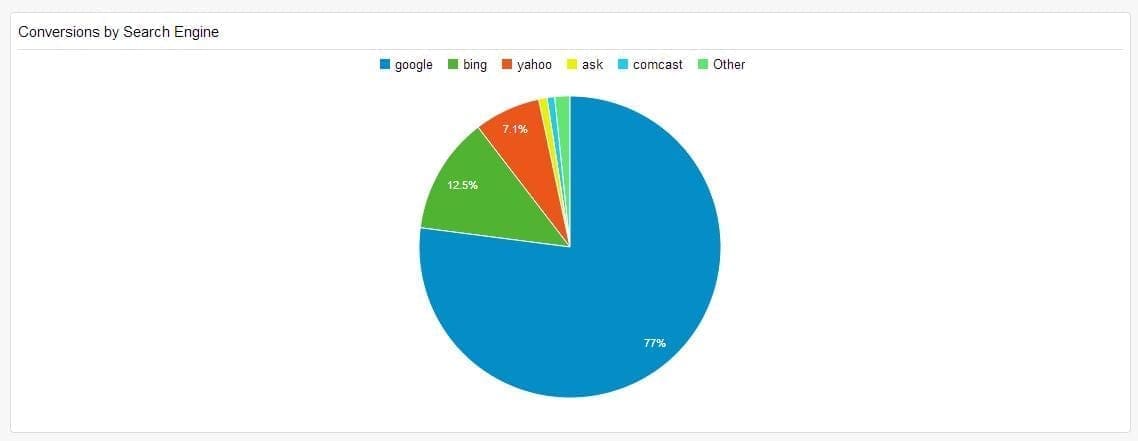Danny Laws, Principal Owner and resident “Sharp Dressed Man” here at DMG takes to our big whiteboard wall to cover the top considerations for measuring SEO in 2015.
Learn the tactics and metrics your team should look to measure, what’s coming down the pipeline, and what you can leave at the door.
Hi, I’m Danny Laws, Principal owner of DaBrian Marketing Group, a full service digital marketing agency in Reading, PA. I wanted to talk to you a little bit today about measuring SEO in 2015 and some of the things that I believe are going to come down the pipeline and have a little bit more of an emphasis.
What we have here is our digital analytics framework: Strategy, Implement, Measure, Optimize. With that being said, when we talk about measurement of anything, we talk about the goals and objectives, the execution of the measurement plan as it pertains to the measurement of all things related to your business, but in the case of this particular scenario, we’re talking about the measurement of SEO. We want to gauge progress, and we want to make improvements as it relates to organic search traffic coming to your site.
Now, in the past we’ve talked about the “ABCs” of measurement, of digital analytics, of web analytics, however you want to define it, and we’ve talked about the Acquisition, Behavior, and Conversions. In my opinion, in 2015 when it comes to measuring SEO, we’re going to have a little bit more of a focus on the measurement of the Audience, the SEO-related Audience. From a measurement of the SEO-related Audience, we want to talk about the demographics, the interest information. We also want to talk about the location, the localization of keywords and phrases. Is that the same audience we’re talking about within this strategy, that we’ve identified with KPIs, that we’re concerned with? You want to keep that in consideration.
Also when talking about the measurement of SEO, of organic search traffic, you want to tie this back to Acquisition. When we talk about Acquisition, we’re talking about the search engines (Google vs. the Yahoo/Bing Network). Typically, we see roughly 90% of that traffic within the US coming from those areas. Is that trend holding true? Are we looking at those components consistently? At the same time, we’re talking about the Acquisition via keywords, phrases, themes of keywords. Are we getting users and visitors coming from organic search traffic when we measure Acquisition via SEO? Are we getting what we need or what we thought we were going to get from those keywords and phrases, as well as the appropriate search engines?
The next component when we start talking about the measurement of SEO in 2015 is the Behavior component. For us, we do a lot of creating of content, whether it be video, whether it be infographs, whether it be blog content, those types of components. Is the information, those URLs that we look to do some link earning with, are we seeing traffic coming to those specific URLs that we’ve targeted for people, that we’ve leveraged our relationships for? Are we seeing what we expected to happen from a link targeting, link bait, link earning, however you define it, in this particular area? At the same time, when we’re talking about measurement of SEO, where is SEO in the events that are coming from SEO? Are we seeing a difference there, and what kind of user behavior is happening on the site from a pageview perspective, from a depth of visit, from returning visits, those types of behaviors as well, looking at that information. And my favorite part here within the behavior, is looking at it from a testing perspective. So, when we run tests, have we sliced and diced the data to look at how SEO or organic-related traffic is being impacted from a behavioral perspective here.
The last piece of this is Conversions. When we talk about the micro/macro conversions, measuring conversions from SEO, we want to specifically look at the measurement of keywords, phrases, themed keywords, a group or cluster of keywords specifically, are we seeing organic search conversions coming from that particular area?
What I would recommend at this point when you’re talking about measuring SEO in 2015 is making sure we revisit the strategy to account for the appropriate KPIs associated with SEO in itself. We want to update the implementation, i.e. the configuration, making sure that the configuration is appropriate to capture this audience-related information because of the updates that have happened, a number of systems around collecting audience information. Also the privacy policies, don’t forget about this particular component when we talk about the audience.
The other piece here is to validate that the data as it pertains to SEO, as well as the overarching goals and objectives, is being collected according to what you’re trying to capture within the KPIs in general. And then, you want to create hypotheses around SEO. Whether it be checking out themed approaches, keywords, different landing pages, those types of things. Content ideas. Create hypotheses, test these components. Within the framework of measuring SEO in 2015, I wish you the best of luck in taking these items into consideration. The audience, the acquisition, the behavior, and the conversions.




